When a celebrity dies, there is often an outpouring of grief from their fans. This sense of grief can often be even stronger when the person dies young.
In October 2024, there was an outpouring of grief from fans when former One Direction singer Liam Payne died.
Grief is the reaction to any kind of loss. It is most often associated with bereavement (the death of a person) and mourning (the expression of grief when someone dies). However, it can be difficult to talk about grief at any age as we live in a death- and grief-denying society.
At first glance, a celebrity death may not seem to be the most helpful instance to improve our understanding of grief. Yet, for many, especially younger people, it may be their first experience with such grief. However, society often invalidates this type of grief which is commonly referred to as parasocial in nature. Some kinds of grief are more difficult to talk about than others because there are hierarchies of grief. In grief hierarchies the closer the relationship to the deceased, the worse the grief is expected to be.
Fan communities coping with a celebrity loss do several things that help their members feel supported and connected to one another, which often also disrupts society’s typical reaction to grief. So, what can we learn from fans grieving celebrity deaths?
Grief literacy
How to deal with grief is something that is rarely taught to us. Grief literacy, a concept coined by author Rachelle Bensoussan, aims to normalize grief, as it is an experience that will touch everyone at some point in life. The aim of grief literacy is to enhance our understanding and recognition of grief of all kinds in order to better support it in ourselves and others.
Relationships between celebrities and fans are often seen as one-sided parasocial relationships that fans invest energy and time into. However, social media platforms and specifically live-streaming features change the nature of parasocial relationships. These technologies grant fans access into the personal homes and lives of celebrities and allows celebrities to engage with fans in real time.
It is common for fans to gather when a celebrity dies. In our research on grief, people often talk about the isolation that comes when grieving. People often think they should not talk about someone who has died because they might upset the grieving person. We hear time and time again that grievers are thinking of the person who died and want to talk about them. So gathering, in small or large groups, and talking about grief can be beneficial.
Creating a culture of safety around grief
Fans frequently use social media platforms to connect with one another and form a community centred on their interest in the celebrity. This creates a unique community setting which can bring together people of all ages and walks of life from across the globe.
Fan culture is heavily based on prosocial behaviour, which is necessary because most fan groups are large and span multiple cultures, viewpoints and life experiences. Group rules and norms are focused on building a positive space for everyone. It is important to fans within their own communities that other members feel they belong and are valued.
The foundation of safety and belonging allows fan culture to transcend normal social scripts about grief. Fans can seek support and express their grief for the celebrity within their community in a way that is uncommon in traditional social groupings.
As seen in the many memorials for hockey player Johnny Gaudreau after his death in August 2024, public memorials create a space that is both validating and where fans can find support for their grief. The connections fans create through public celebrity memorials are genuine and combat the isolation often brought by grief.
Rituals can be helpful and creative
During memorial gatherings, fans often create and engage in rituals that are unique to that fan group. For example, when Maggie Smith, who played Professor McGonagall in the Harry Potter franchise, died in September 2024, she was memorialized by fans with raised wands — a mourning ritual from the series.
When actress Betty White died weeks before her 100th birthday, media outlets promoted various ways to celebrate her 100th in her honour. Her advocacy around animal welfare sparked an effort to support rescue animals.
Memorial tattoos are another means of creating ritual, designed as a way to pay tribute to someone who has died. They often help grievers capture their relationship with the deceased through significant memories and shared experiences. The feelings of continued connection with the deceased are the same for people who described getting memorial tattoos for personal or parasocial losses.
Our research found that designs for memorial tattoos are carefully chosen by the griever and, therefore, are each uniquely meaningful. Memorial tattoos that are highly visible create an opportunity to talk about the person who died. Tattoos that are less visible provide the wearer with a profound feeling of connection.
We found that memorial tattoos can be incredibly diverse and capture many types of relationships. Following the Humboldt Broncos hockey team bus crash, several people close to the players who died got memorial tattoos.
The public mourning and memorialization of celebrities who have died can be both an example and the spark for conversations about how to support one another in grief. People may struggle to find support for their grief after a celebrity’s death because the relationship between fans and the celebrity falls outside the acceptable grief hierarchy.
It can be easy to dismiss fans’ experiences of grief when a celebrity dies. However, we should engage with them instead. In the long run, this will help to shape broader conversations about loss and has the potential to improve how we respond to grief.
(Suasan Cadell and Stephanie Levac – The Conversation)
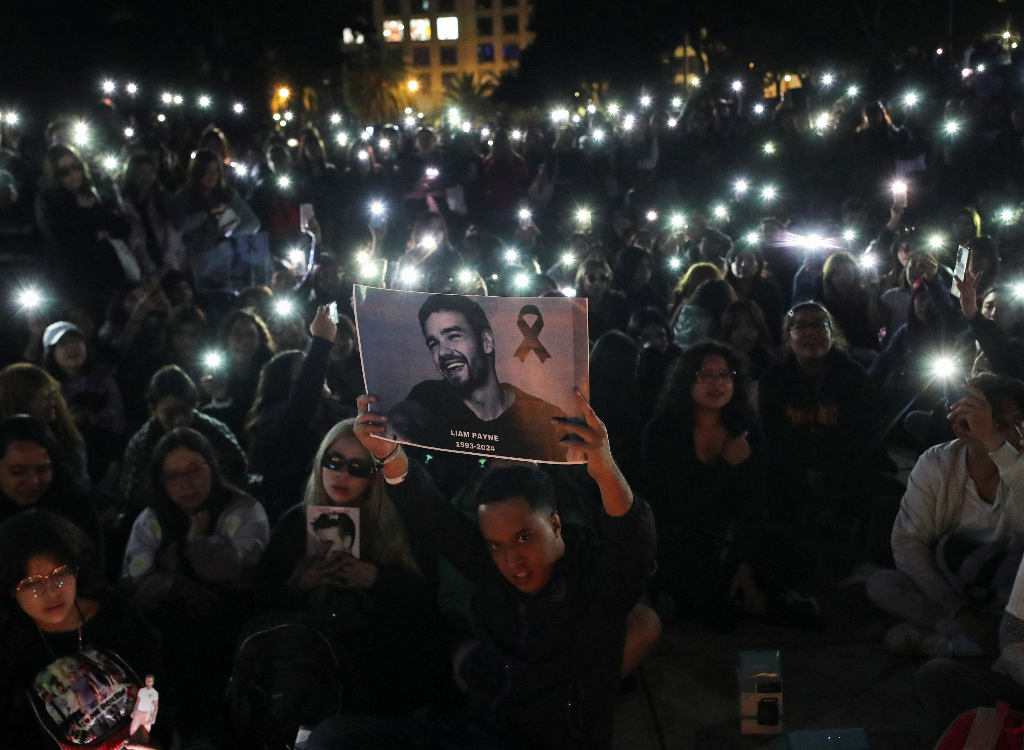


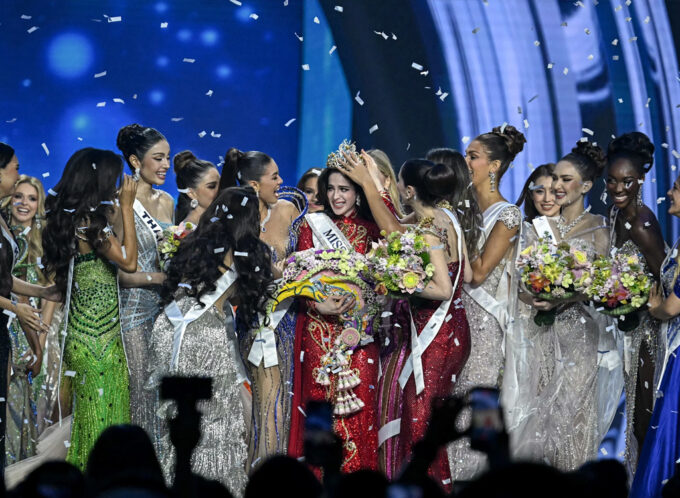
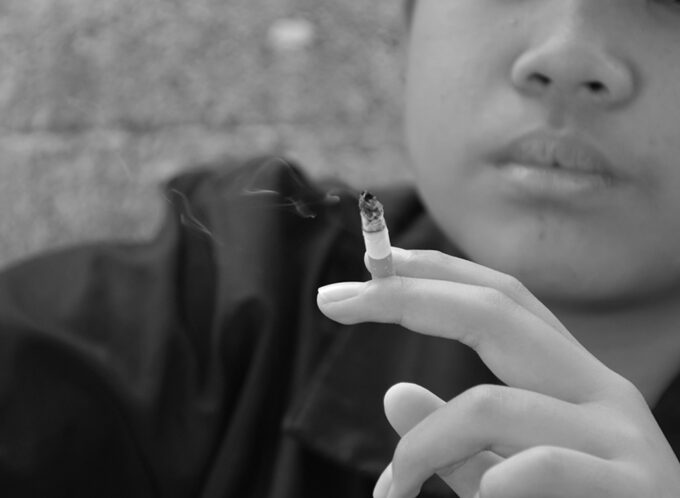
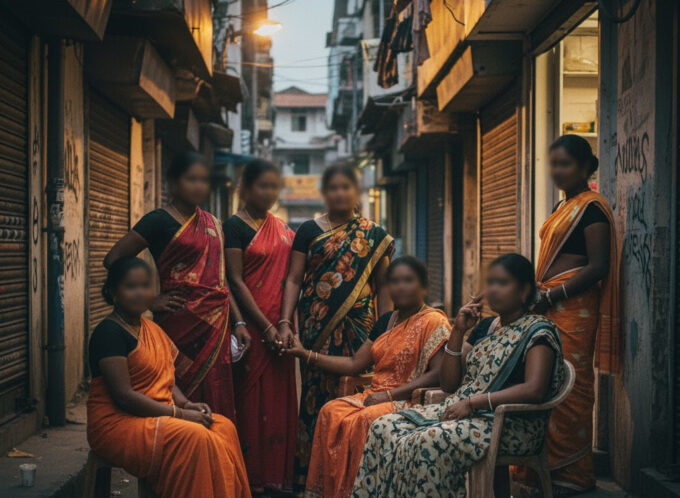
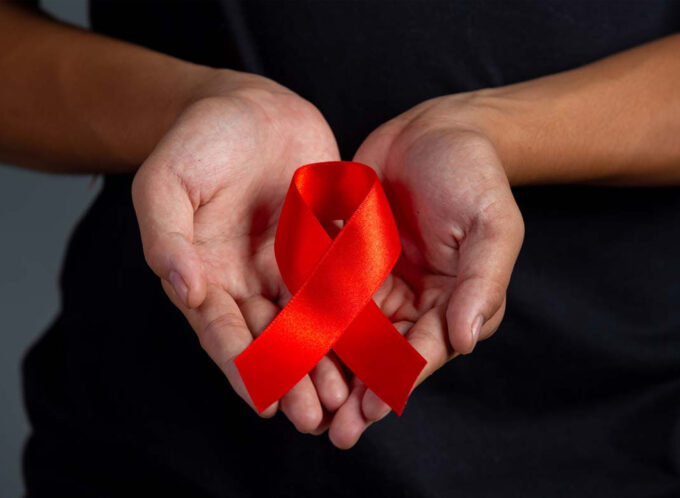




Leave a comment